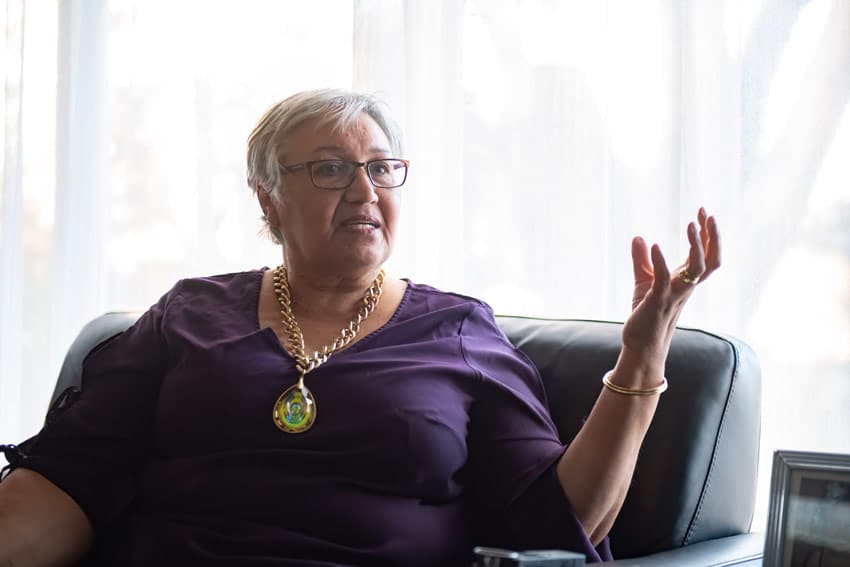
During the 30 years she lived under apartheid in South Africa, Beryl Crosher-Segers says the Catholic Church provided much needed hope and a sense of community.
The parishioner of St Declan’s Parish in Penshurst was born in Cape Town in 1955, just seven years after apartheid was legislated, separating whites and non-whites in all areas of life.
“I was born into apartheid. I knew no other life than that,” Ms Crosher-Segers told The Catholic Weekly.
She recently had her first book published—A Darker Shade of Pale: A Memoir of Apartheid South Africa—detailing a page in history difficult to comprehend in 21st century Australia.
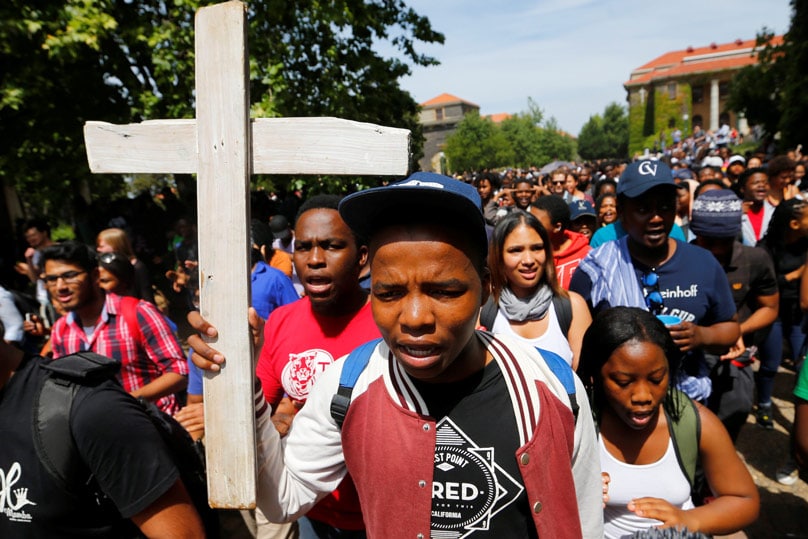
“Because of our hardship everyone was drawn to the Church. Catholics in South Africa have this need to go to church and pray. You prayed for a better life, for things to change. The Church had soul.”
Beryl and her family were classified under apartheid as “Cape Coloured” because they were neither white nor black. Her father was ethnically Indian and her mother’s family had come from Portugal and Mozambique.
“My skin was too dark and my hair was too curly. If your skin was light enough you could apply to be re-classified.”
One “re-classification test” was known as the “pencil test.”
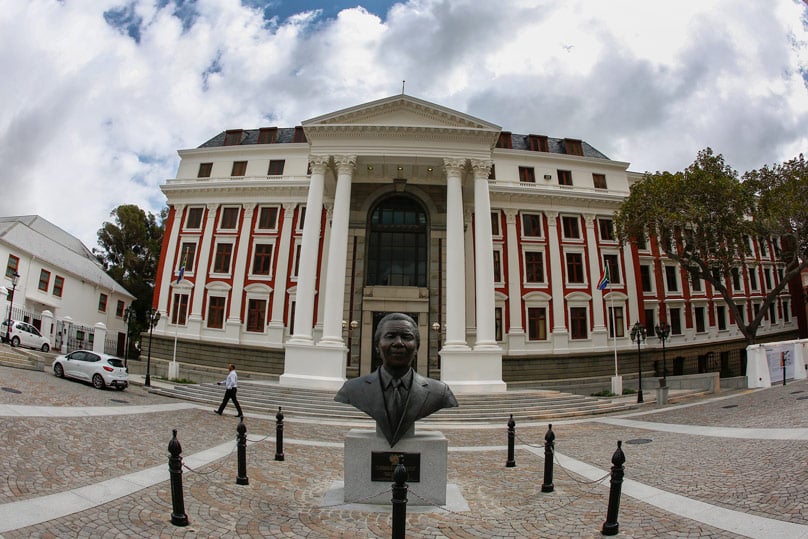
“They’d put a pencil in your hair. If the pencil falls out then your chances of being re-classified are higher. If the pencil gets stuck in there because your hair’s too curly then that’s a black mark against your name.”
In the 1950’s the government began segregating people into designated areas for whites, blacks, coloured and Indians. People were forcibly removed from their homes and relocated.
Whites were given the prime real estate areas while the non-whites were given housing commission accommodation in poorer, less habitable areas.
Beryl and her family were moved into a council housing estate that she describes as “very second-class” and “sub-economic.”
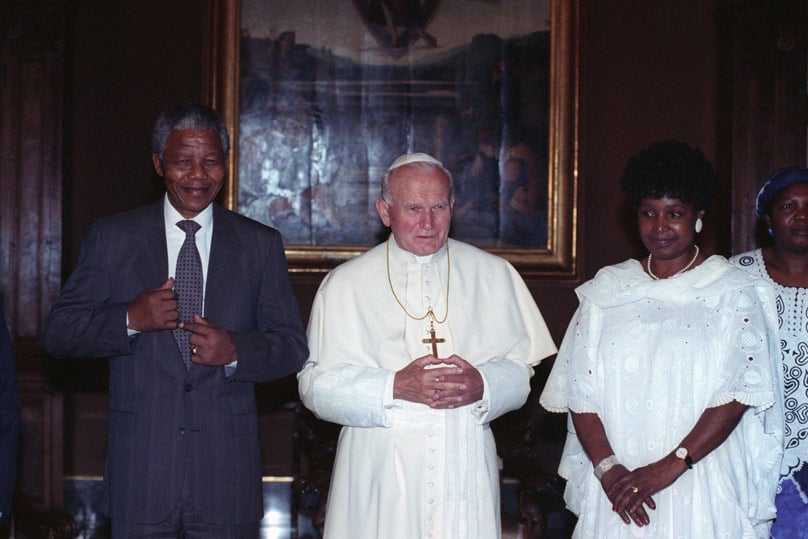
“Lots of people from really good areas were systematically moved into our area over a few years.”
“As a child I remember every day in our area you’d see a truck arriving with people’s furniture and belongings.”
“There was a lot of heartache. I remember my mum used to counsel the women. So many people died of broken hearts, having to leave behind properties that were now declared white, suburbs they could no longer live in.”
Non-whites were not permitted to enter white areas, or to attend white schools or universities, and were barred from applying for jobs requiring a higher level of education. Public transport was also segregated including buses with non-whites relegated to the back seats.
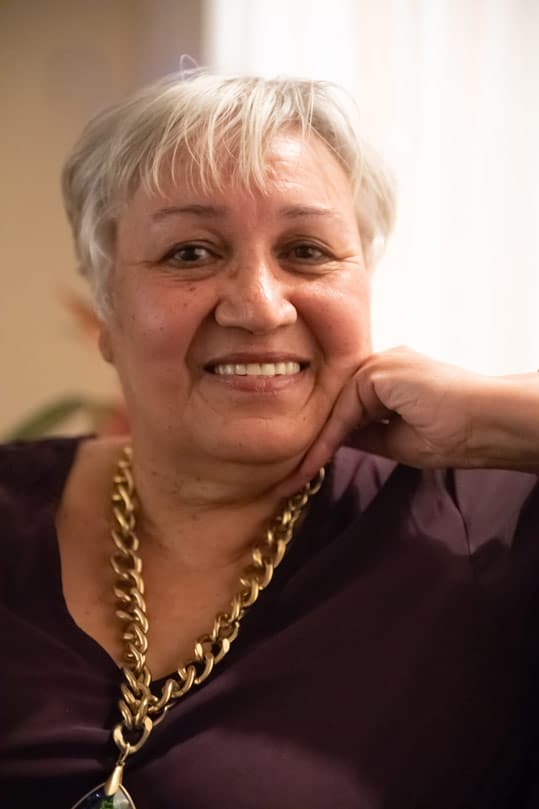
All kinds of new laws were implemented to enforce segregation and the superiority of whites, including job preservation laws and the Immorality Act, which forbade mixed-race relationships and marriages.
So anxious was the government to brainwash the public against interracial marriages that they even went to the extent of banning or censoring Hollywood movies that depicted mixed-race relationships.
Beryl recalls witnessing a police raid on an area where mixed-race couples used to meet in secret.
“I still remember to this day one couple they caught in their car. They dragged the woman out of the car, dragged her across the ground to the police van. She was coloured and the guy was white. He walked and sat in the front of the police van. They put her in the back and she screamed and screamed. It echoed all around. I always wonder what happened to her.”
Because the government controlled the media in South Africa, Beryl says they were often unaware of what was happening in the outside world and even in their own country. Growing up she says, she didn’t even know who Nelson Mandela was.
It was only later when she migrated to Australia with her husband and two children in the 1980’s that she learned the Pope had refused to visit South Africa while apartheid was in place.
“The Church tried in many other ways to break it [apartheid] down but it was up to the people to change it.”

Catholic schools were one of the first institutions in the country to open their doors to everyone, Beryl said. The government mandated that they have a quota limiting the number of non-white students they could take.
“But the Church ignored that.”
The Church also regularly hosted mixed-race events on their properties in an effort to bring people together including Marriage Encounter programs which Beryl attended with her husband, Chris. “The Church did all these things to break the laws,” she said.
“The Church provided that community that we needed and the clergy of that time worked really hard. The nuns and priest worked hard to keep the community engaged.”
Even though apartheid was abolished in South Africa in 1994, Beryl says what happened there should never be forgotten and there is always the potential for history to be repeated. She hopes her book will help keep the memory alive.
“The book is written with humility. I don’t hold any grudges. But we have to talk about these things. Don’t tell me to forget about it. Don’t tell me it happened a long time ago. It happened in my lifetime.”
A Darker Shade of Pale published by Torchflame Books is available from Gleebooks, Angus & Robertson and all online stores.
